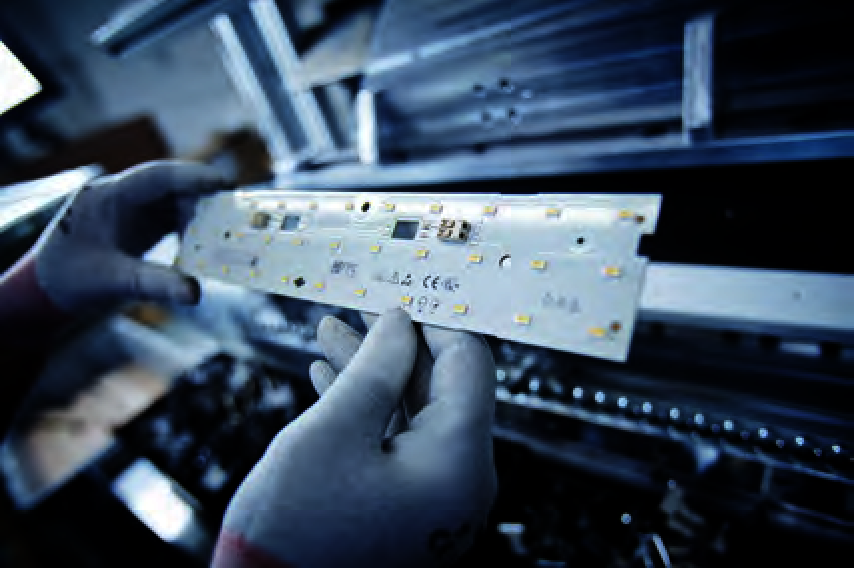
LED luminaire operation

The operating characteristics of LED luminaires significantly differ from those of luminaires for discharge lamps or thermal radiators. This is materially due to the fact that the light source is a semiconductor featuring characteristics that are more closely associated with digital electronics than with lighting.
Thermal overload of components during operation must be prevented via sound thermal management.
Due to power control realised in some products, the term "rated output" must be defined.
The operating mode of light generation necessitates an arrangement of circuits and control gear different from other technologies.
The influence of electromagnetic interactions with the supply network and surrounding electronics in terms of immunity as well as permissible emitted interference is regulated in the provisions for electromagnetic compatibility (EMC).
Damage to the luminaire components caused by electrostatic discharge (ESD) must be safely avoided through use of diligent methods during maintenance.
However, photometric quality and efficiency criteria such as
rated luminous flux,
luminous efficacy and
spectral light characteristics
are also expressed differently for LEDs in comparison to traditional light sources (see chapter "Light source characteristics").
For this reason, the quality criteria mentioned in chapter "ENEC+ performance labelling for LED luminaires" are evaluated particularly for LED luminaires. The relevant electrotechnical aspects of this are described hereinafter.